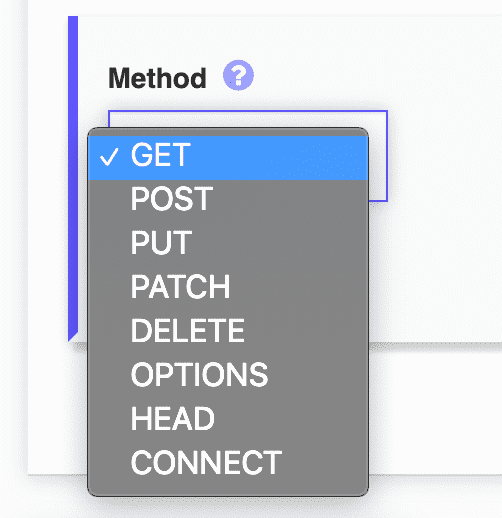HTTP Methods: An Overview
HTTP methods, sometimes referred to as "HTTP verbs," define what action we want to perform on a given resource. Each method implies a specific action on the resource, be it fetching, submitting, updating, or deleting data. When performing a load test on a website or web service, it's critical to simulate these HTTP methods to replicate real-world user interactions with the system accurately.
HTTP Methods: An Overview in the Context of Load Testing
Here's a brief look at some commonly used HTTP methods in load testing:
- GET:
- Description: Retrieves information from the given server using a given URI (Uniform Resource Identifier). It's the most common method used to request a webpage.
- Load Test Context: When simulating users browsing a website, the GET method will likely be the most utilized. It's crucial to ensure that the server can handle multiple simultaneous GET requests, especially for resource-intensive pages.
- POST:
- Description: Submits data to be processed to a specified resource. It's commonly used when submitting form data or uploading a file.
- Load Test Context: Simulating POST requests is essential when testing functionalities like user registration, login, or data submission forms. You'll want to check how the system handles many users submitting data simultaneously.
- PUT:
- Description: Updates an existing resource or creates a new one if it doesn't exist. It's used to send data to the server to create or update a resource.
- Load Test Context: If your application allows users to update their profiles, settings, or any other data, you'll use the PUT method in your load tests to emulate these scenarios.
- DELETE:
- Description: Deletes the specified resource.
- Load Test Context: In scenarios where users can delete profiles, posts, or other data, simulating DELETE requests will be crucial to ensure the system gracefully handles multiple simultaneous deletions.
- HEAD:
- Description: Almost identical to GET but without the response body. It's used to retrieve metadata about the resource, not the resource itself.
- Load Test Context: Useful in load testing to check the availability of resources without actually downloading them. It can test how the server handles metadata requests under load.
- PATCH:
- Description: Applies partial modifications to a resource.
- Load Test Context: If your application supports partial updates (like modifying a section of a user profile), then simulating PATCH requests will be essential in your load tests.
- OPTIONS:
- Description: Describes the communication options for the target resource.
- Load Test Context: Typically less common in load tests but can be used to determine which methods are supported by the target URL.
Understanding and correctly simulating these HTTP methods in your load tests is paramount. It ensures you're accurately replicating how users interact with your application, leading to more relevant and actionable insights from your testing efforts.
